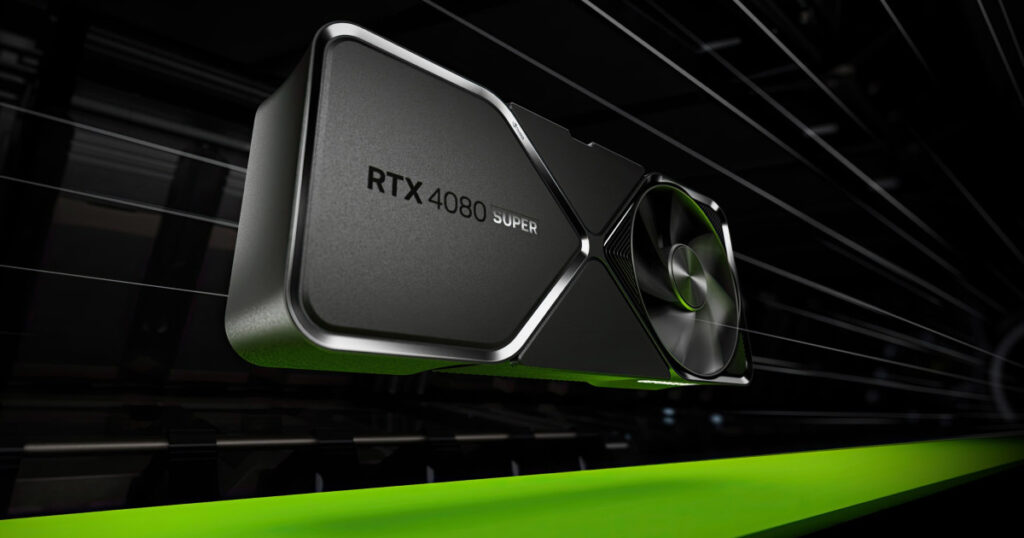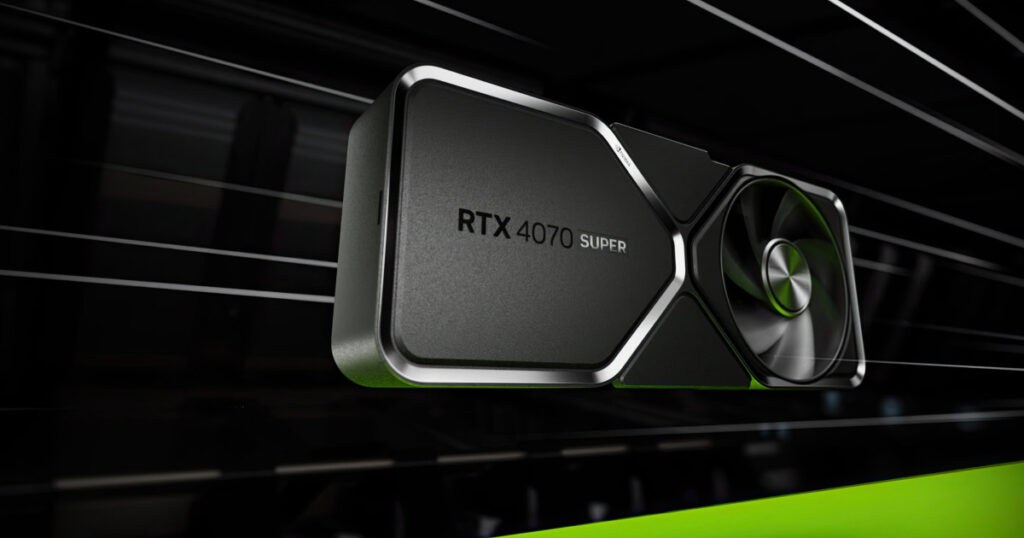Even though they get a bad rap, electric heaters can be quite inexpensive to use if you know what to look for. The lower the wattage, the lower the heating costs your heater is likely to incur, but it also means the device will cover a smaller area.
For each 1000 watts of power, the electric heater will cover around 9m2, and cost around $0.14 per hour to run. Ceiling height, insulation, and window treatment all play a part in that 9m2 number, regardless it is a good starting point to figure out what kind of power you need.
You can nab cheap electric heaters from Bunnings, Kmart, and Big W, for under $50, and even at their most powerful (2400W) they’ll only set you back around $0.34 per hour to run. Gas heaters on the other hand start at around $0.25 per hour to run, and go beyond $1 per hour depending on the capacity.
If you run a 2400W electric heater for eight hours a day over winter, then you’ll end up with around an extra $247 on your bill at the end of the season.








